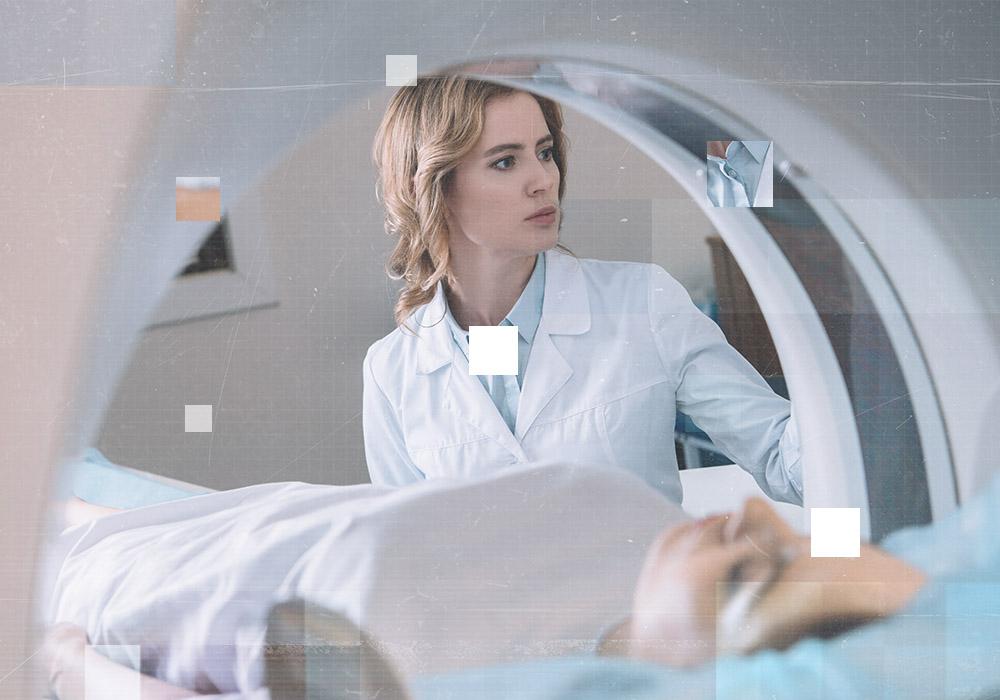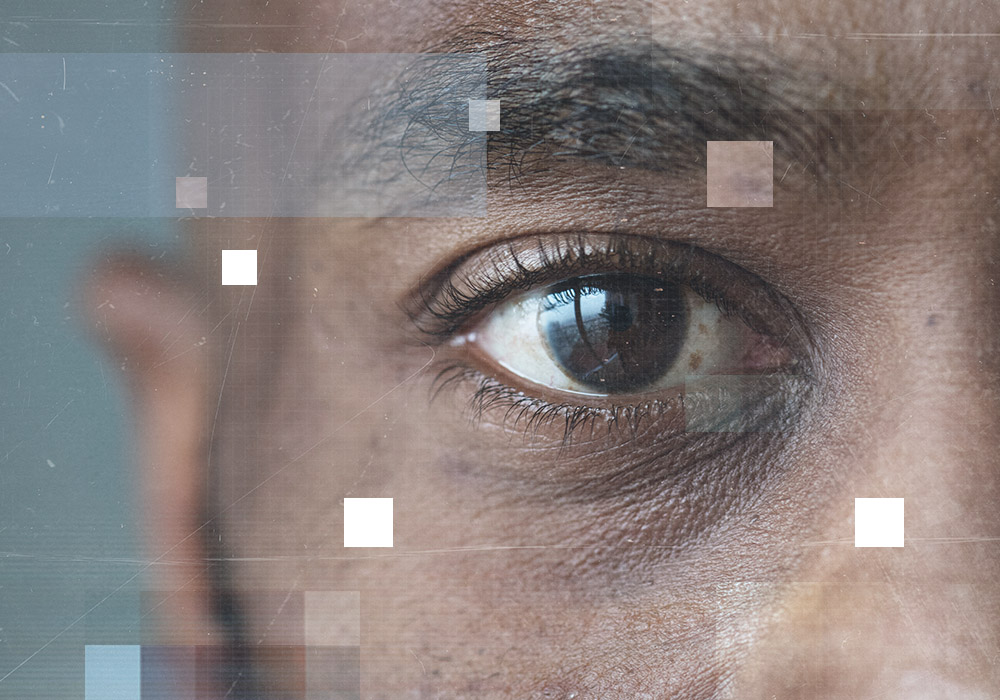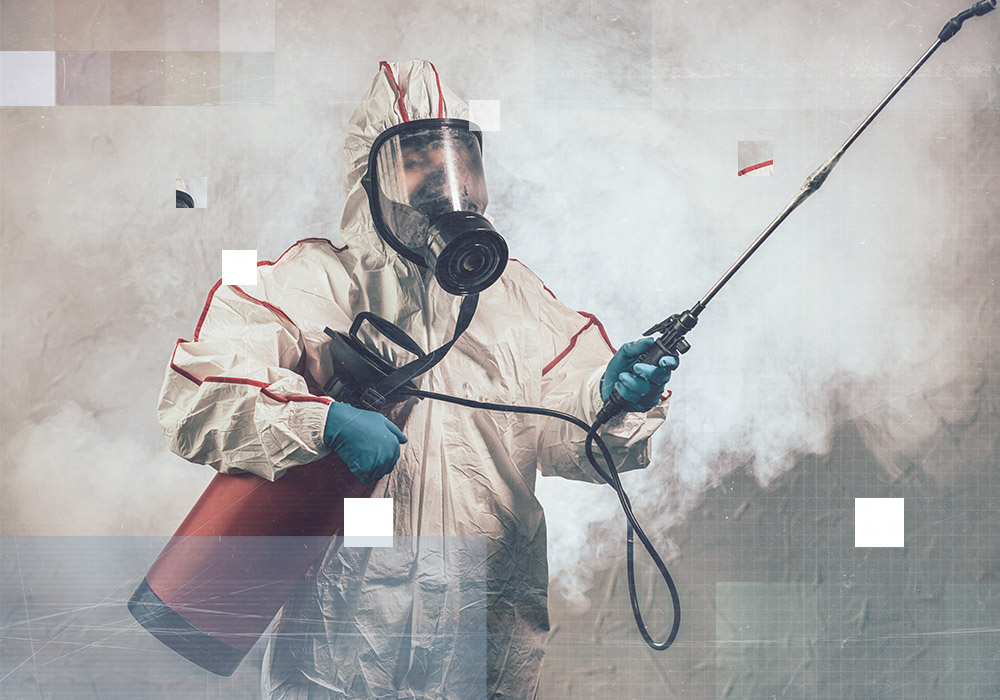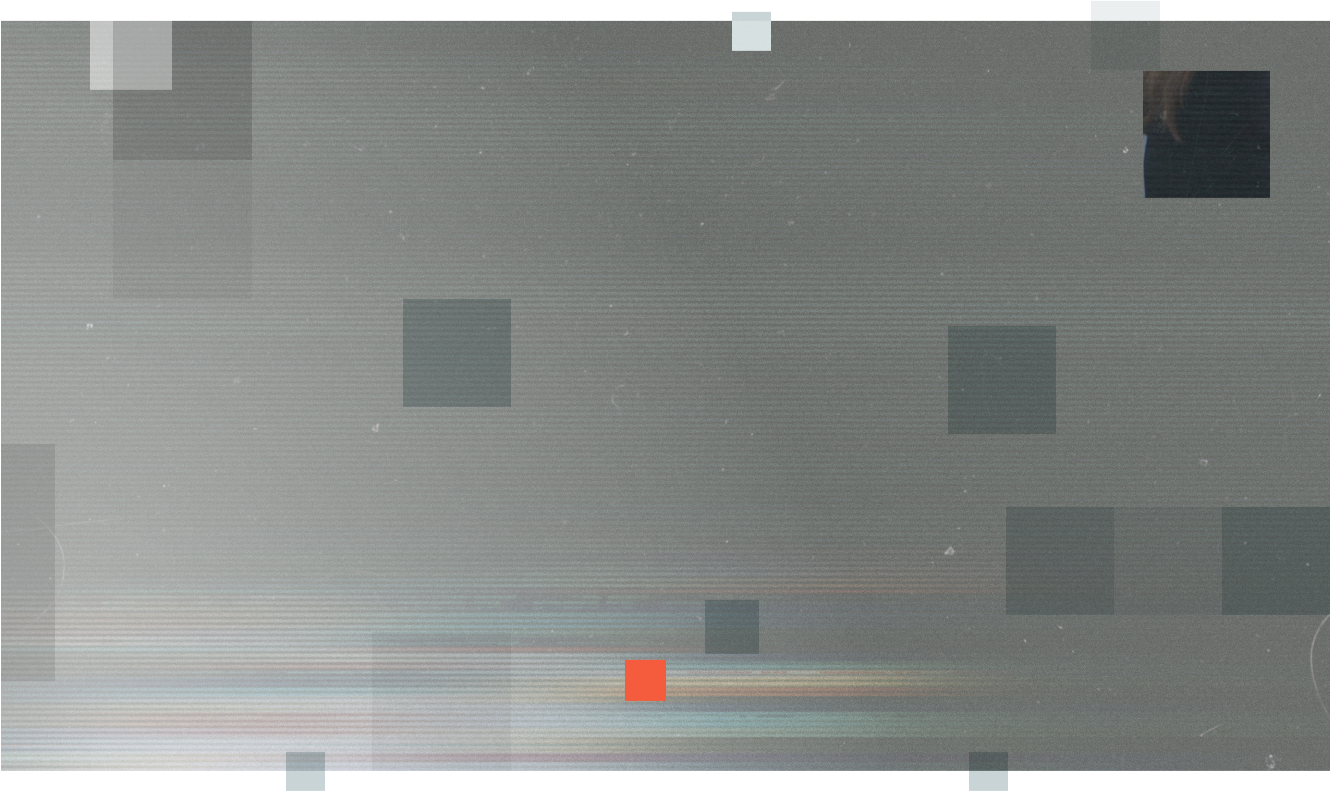- CHOOSING CINEON
OUR UNIQUE VALUE PROPOSITION
We objectively measure how a person thinks, feels and performs using our proprietary AI model.
This information is fed back in real time to allow the users environment to adapt for a personalised experience.
When applied to learning, productivity and healthcare this becomes exceptionally powerful.
- Assess competency and improve the speed of tasks.
- Improve and accelerate learning.
- Reduce errors and objectively measure safety procedures.
- Detect reduced performance due to stress.
- PRODUCTS
OUR XR
SOLUTIONS
TACET
Training Aircrew Competencies using Eye Tracking (TACET) is to use innovative and immersive technology
ISAVE
A virtual MRI experience that enables patients to gain familiarity with the MRI process
RCAT
Unique eye-tracking-based software to assist security forces training
INCORA
Software for training Infection, Contamination, and Radiation protection skills
Trusted by
- KEEP EXPLORING

TACET
Cineon supports the aviation industry by enhancing pilot, cabin crew and ground crew, training and assessment. Our flagship software, TACET, offers immersive, cost-effective training environments that help pilots, cabin crew and ground crew develop critical skills, including decision-making and human factors. Through mixed reality scenarios and AI-powered feedback, TACET provides highly detailed insights into pilot performance, helping airlines identify competency gaps and optimise training efforts.
This approach accelerates skill acquisition while reducing the reliance on costly real-world training and physical simulators, making training more accessible and efficient. Our solutions align with Evidence-Based Training (EBT) methods, and the Civil Aviation Authority’s (CAA) core competency framework, ensuring pilots, cabin crew and ground crew are well-prepared for real-world challenges.

ISAVE
Missed MRI appointments cost the NHS on average £11m annually, and lead to poor patient outcomes. Cineon has developed a solution that can significantly reduce cancellations and enhance scan quality.
iSAVE is a virtual MRI experience that enables patients to gain familiarity with the MRI process before undertaking a scan. It is able to automatically adapt in real-time to anxiety and implement personalised exposure therapy.
Developed in conjunction with Plymouth University Hospitals NHS Trust, Torbay and South Devon NHS Trust, Story Juice and the University of Exeter.
As well as reducing missed appointments, it can reduce the amount of time needed to acclimatise an anxious patient at the real appointment, increasing throughput and leading to cost savings

RCAT
Cineon has developed Room Clearance Adaptive Training (RCAT), an innovative eye-tracking software designed to enhance security forces’ room clearance training.
Tested by the MoD, RCAT offers cutting-edge tools to improve situational awareness and performance. Watch this space for more details.

INCORA
INCORA is training software for Infection, Contamination, and Radiation protection. Developed and field-tested with partners such as Innovate UK, Sellafield Ltd, and the NHS, it provides real-time hazard simulation that models risks like radiation contamination and biohazards, including COVID-19.
Used to train both nuclear power plant and hospital workers, INCORA can covertly track contamination spread and model radiation ‘shine’ with shielding attenuation. It also simulates the use of PPE and features dose tracking, along with eye-tracking functionality for insight into hazard awareness and decision-making.
Available in both nuclear and clinical formats, it offers a unique training experience without the real-world risks.
